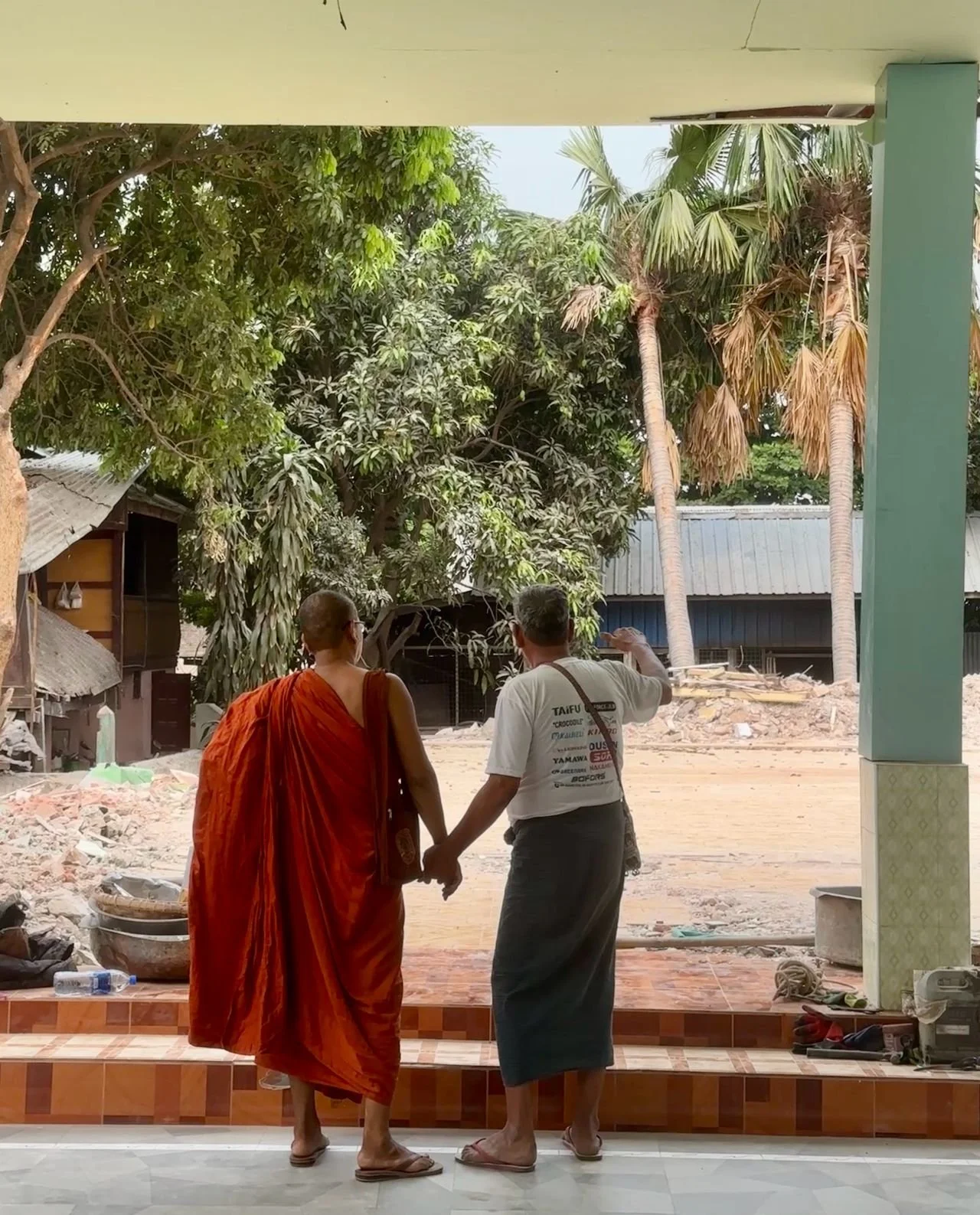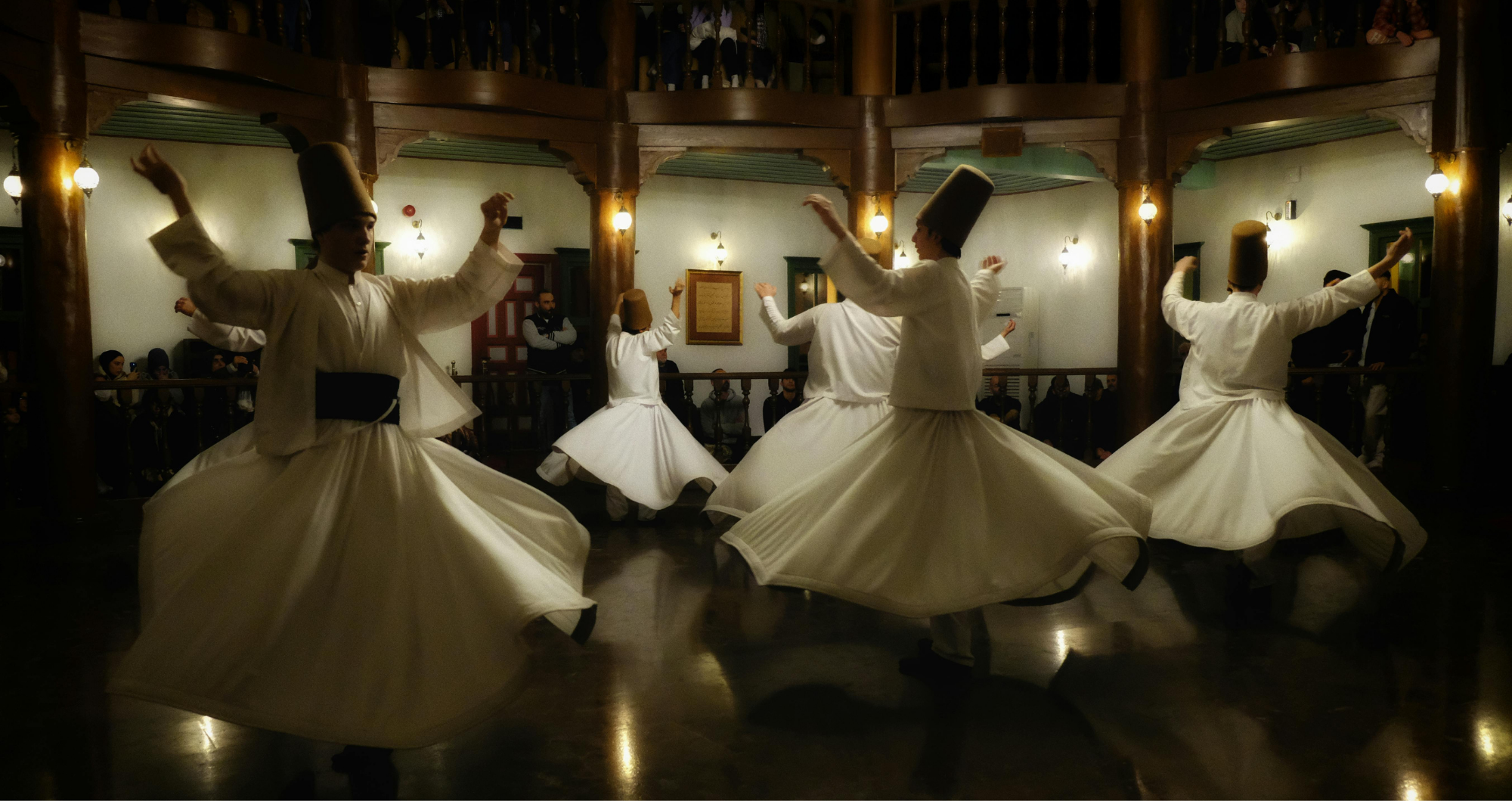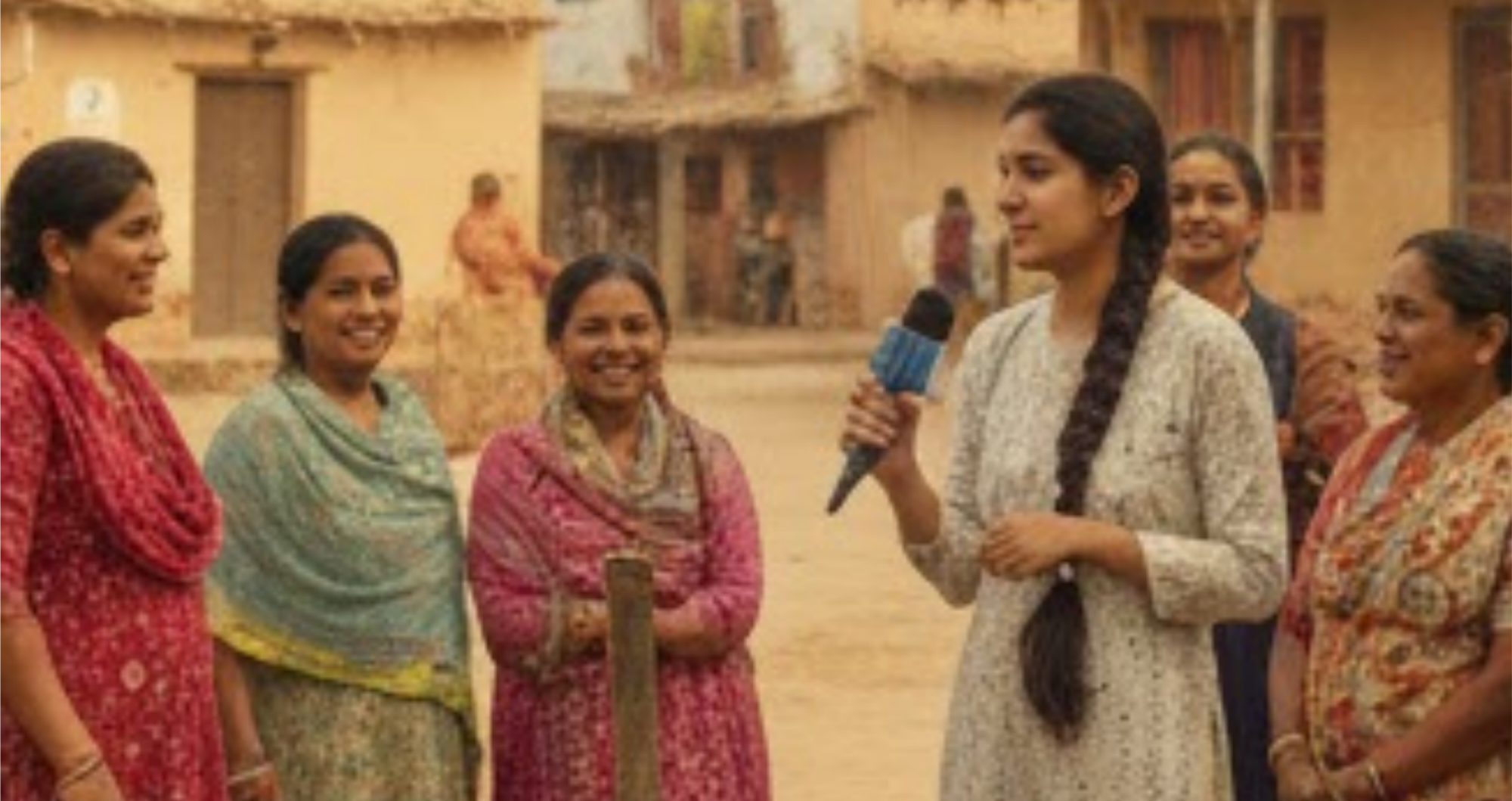By Harry Myo Lin
On March 28, 2025, the ground in central Myanmar shook with violence unseen in more than a century. The 7.7-magnitude earthquake flattened homes, temples, mosques, and churches across Sagaing Region, leaving families scrambling amid rubble and grief. Amid this chaos, something remarkable unfolded: Buddhist monks, Christian youth, and Muslim laypeople converged to rebuild the collapsed Myo Ma Mosque in downtown Sagaing. Side by side, they cleared debris, shared food, and prayed together.
This sight was extraordinary for those familiar with Myanmar’s history of interreligious tension, which is shaped by episodes of anti-Muslim violence, nationalist rhetoric that frames Buddhism as under threat, and deep-seated mistrust between communities. It was not a coincidence; it was the fruit of years of quiet bridge-building by leaders like Sheikh Soe Nay Oo, the mosque’s long-time imam, who had tirelessly cultivated dialogue in his mosque, welcoming neighbours of all faiths. His efforts, often invisible, had sown the trust that would later blossom into solidarity when disaster struck.
This article tells the story of how communities fractured by politics and prejudice found unity in crisis and what their experience teaches us about reimagining a new generation of peace.
Threads of Trust in a Fractured Land
Myanmar is a land of deep religious devotion, but also deep fault lines. The Buddhist majority coexists with Christians, Muslims and other minorities who have often faced discrimination, violence, and exclusion. The 2012–2014 anti-Muslim riots and the Rohingya crisis of 2017 revealed the destructive potential of weaponised religion. When the military seized power in 2021, it tried again to manipulate Buddhism as a shield for authoritarianism, portraying itself as the defender of the faith (Ford, 2021).
Yet a counter-narrative was also emerging. In the years before the earthquake, grassroots interfaith initiatives gained momentum. Campaigns like the 2019 White Rose movement, where Buddhist youth offered roses to Muslim neighbours during Ramadan as symbols of friendship, signalled a quiet resistance to extremism (Global Voices, 2019). Trust was fragile but growing.
Sheikh Soe Nay Oo embodied this work. Known in Sagaing for his humility, he organised open dialogues, invited monks and priests to visit his mosque, and urged youth to see their differences as opportunities for learning rather than barriers. Though he was forced into exile after the military coup in 2021 for his safety, his legacy lived on in the community he nurtured.
Holding Hands in the Rubble
When the earthquake struck, trust became the most valuable infrastructure. Survivors did not wait for institutional aid, which was slow and uneven. Instead, they turned to each other.
In Sagaing city, monks carried injured Muslims to safety. Christian nurses set up makeshift clinics under tarpaulins. Muslim elders opened their courtyards for food distribution. Sometimes, survivors gathered for shared prayers: Buddhist chants of mettā (loving-kindness), Qur’anic recitations of Al-Fatiha, and Christian prayers for healing.
A monk and imam embrace near the ruins of the Myo Ma Mosque.
Photo credit: Harry Myo Lin
At the ruins of the Myo Ma Mosque, the scene was especially symbolic. A senior monk embraced the weeping imam, promising that the mosque would rise again. Witnesses captured the moment on their phones, and within hours, images of monks and imams holding hands in the rubble spread across social media. In a society long accustomed to pictures of division, this new icon of solidarity struck a different chord.
A young Buddhist volunteer later posted online: “I grew up hearing Muslims were not to be trusted. But when the ground shook, my Muslim neighbour was the first to pull me out. My ignorance collapsed that day instead.”
These were not just acts of charity; they were acts of transformation.
Lessons from Solidarity
The earthquake revealed what scholars of peacebuilding have long argued: when crisis arrives, it is not institutions but relationships that determine whether societies fracture or heal. In Myanmar, years of modest interfaith encounters—shared meals during festivals, visits to each other’s places of worship, attendance at funerals across faith lines—quietly laid the groundwork for what later became an extraordinary collective response.
“These were not just acts of charity; they were acts of transformation.”
From this experience, several lessons emerge that speak not only to Myanmar but to any society navigating division:
1. Trust is social infrastructure: We often think of infrastructure as bridges, hospitals, or roads. Yet during the earthquake, it was trust, not concrete or steel, that carried people across divides. When a monk helped rebuild a mosque, he was standing on an invisible foundation laid long before the disaster: countless small gestures of recognition, hospitality, and respect. Unlike physical infrastructure, trust cannot be delivered by external agencies. It must be cultivated patiently as a social resource that communities themselves own and protect.
2. Symbolic leadership shapes what becomes thinkable: In deeply traditional societies like Myanmar, people often wait to see how their religious leaders respond before deciding what is acceptable. When monks walked into the ruins of a mosque, they were not only helping, they were redefining what moral courage looks like in public life. These symbolic acts, amplified through social media and word of mouth, signalled that dignity and compassion could transcend identity. Such leadership does not erase fear, but it shifts the social imagination of what is possible.
A Buddhist monk with a Muslim community member visiting a collapsed mosque in Myanmar, March 2025. | Photo credit: Harry Myo Lin
3. Religion can be a generative force, not just a fault line: Religion is frequently described only as a trigger of conflict in Myanmar’s narrative. Yet in Sagaing, it was religious language that mobilised empathy: compassion (karuna), mercy (rahmah), and love (agape). People did not abandon their faith to act in solidarity—they acted because of it. This reminds us that peacebuilding in deeply spiritual societies must speak the language of faith, not work around it.
Functional Coexistence as a Pathway, Not Just a Moment
These insights reflect what Professor Tatsushi Arai describes as functional coexistence, a pragmatic approach in which communities choose to collaborate on urgent needs even when deeper disputes remain unresolved (Arai, 2022). In Myanmar, this coexistence did not emerge as a grand reconciliation plan. It began with something simpler: the willingness to show up for each other’s survival.
What makes functional coexistence powerful is that it builds trust through action, not promises. People did not need to agree on theology or politics before picking up bricks together. Instead, the act of cooperation itself became a form of dialogue—a lived dialogue made of sweat, hands, and dust. Over time, these repeated acts create “elastic boundaries” where hostility softens, and cautious interaction becomes normalised.
In this way, functional coexistence becomes more than a crisis response; it becomes a deliberate peace pathway. It invites communities to start with what they can agree on today (safety, dignity, rebuilding) and let deeper transformation grow organically through shared work. In a world where many conflicts are too complex to solve quickly, this humble, practice-based peace may be one of the most realistic and hopeful pathways forward.
A New Generation of Peace
The theme of this issue, Reimagining a New Generation of Peace, calls us to look forward. What does Myanmar’s experience offer to the world?
First, it shows that the future of peace will not be negotiated only in conference halls or UN chambers. It will be lived in neighbourhoods, kitchens, and prayer spaces where ordinary people practice solidarity. The imam and monk in Sagaing remind us that peace leadership can come from those without official power but with profound moral authority.
“People did not need to agree on theology or politics before picking up bricks together. Instead, the act of cooperation itself became a form of dialogue—a lived dialogue made of sweat, hands, and dust.
Over time, these repeated acts create “elastic boundaries” where hostility softens, and cautious interaction becomes normalised.”
Second, it illustrates that crises, whether earthquakes, pandemics, or climate disasters, can be catalysts for unity if trust has been patiently nurtured. In an age of accelerating climate collapse, more societies will face such crucibles. The question is whether we prepare by investing in relationships now.
Third, it highlights the importance of intergenerational collaboration. Youth who grew up in digital spaces shared images of solidarity that went viral, reshaping narratives faster than official propaganda could. Elders provided spiritual grounding; youth amplified the message. This co-leadership across generations is a hallmark of the new peace.
Finally, Myanmar’s story challenges us to expand our vision of peace. As Reina Neufeldt (2011) notes, peace is not only theological or political but also relational and transformative. It is not simply the absence of violence but the presence of belonging, healing, and hope.
Personal Reflection: Building on the Rubble
As a Myanmar peacebuilder now living in exile, I carry these stories like maps of what is still possible. Years ago, I sat with Sheikh Soe Nay Oo in his mosque as he spoke to a group of children about why Buddhists, Christians, and Muslims are part of one human family. Many did not believe him then. He faced scepticism, even quiet hostility, yet he continued, planting trust where fear had long been allowed to grow.
“That, to me, is the true face of peace. Not grand declarations or perfect unity, but quiet commitments made long before anyone is watching. Commitments that allow us to reach for one another when the world breaks open.”
When I later saw images of monks helping rebuild his mosque after the earthquake, I knew his vision had taken root. Though he had been forced from his homeland, the relationships he nurtured remained, and in the moment of greatest need, they held.
That, to me, is the true face of peace. Not grand declarations or perfect unity, but quiet commitments made long before anyone is watching. Commitments that allow us to reach for one another when the world breaks open.
The image of monks and imams holding hands in the rubble is not just a moment to be remembered; it is a blueprint. It shows us that the next generation of peace will not be built only in institutions or conferences, but in ordinary acts of solidarity that accumulate over time. It will be relational, intergenerational, and rooted in practice.
If there is one lesson to carry forward from Sagaing, it is this: the time to build trust is before the earthquake, before the conflict, before the storm. When disaster comes, and it will, it is those invisible threads of relationship, patiently woven in quieter days, that will hold us together.
References
Arai, T. (2022). Functional coexistence in intractable conflict: A decades-long view of conflict intervention. Peace & Change, 47(2), 118–151.
Ford, B. (2021). Myanmar’s religious nationalism in the post-coup landscape. United States Institute of Peace.
Global Voices. (2019, May 29). In Myanmar, Buddhists offer white roses to Muslims during Ramadan. Retrieved from https://globalvoices.org
Neufeldt, R. C. (2011). Interfaith dialogue: Assessing theories of change. Peace & Change, 36(3), 344–372.
About the Author
Harry Myo Lin is a peacebuilder and storyteller from Myanmar. He works internationally to promote interfaith solidarity and narrative-based approaches to peace. He believes that even in exile, relationships can still be nurtured—and peace can still be imagined together.
Lin also wrote an opinion piece regarding the earthquake and the impact of interfaith collaboration for Devex in May 2025, “Holding hands in Myanmar's rubble — the impact of interfaith unity”.
Issue 03 | Reimagining a New Generation of Peace
-

No Planet, No Peace: Reimagining Peacebuilding through Planetary Stewardship
-

When the Earth Shook, Faith Held Us Together
-

Reimagining Peace through Rumi’s Lenses: A Voyage into Poetic Wisdom, Politics, Diplomacy, and the Transcendental
-

An Alternative Peacebuilding Vision in a Post-Liberal Era
-

Sing My Soul
-

Reimagining a New Generation of Peace with Servant Leadership and Nonviolent Communication
-

Threading the Future: Mentoring the Next Generation of Peacebuilders
-

If We Can Teach AI to Practise Empathy: Nonflict and a Generation of Peacemakers
-

Peace Leader Spotlight | From Grandmother’s Legacy to Global Peacebuilding: Issah Toha Shamsoo
-

Young Leaders for Peace: Meeting the Moment through Youth Peace Leadership Development at the University for Peace
-

Reimagining Peace Through Young Voices in India: Spotlight on Women Journalists and Their Stories
-

Peace Dwelling and Belonging: Stan Amaladas on rethinking what it means to live well with each other
-

Pockets and Peace Design: A collaborative design framework to advance health equity and build peace
-

From Shrinking Spaces to Shared Strategies: Insights from Central Asia on how to build collective action for conflict prevention and peacebuilding
-

From War Memories to Peace Encounters: Constructive Usage of Veteran Experience
-

Call for Submissions | Issue 04




